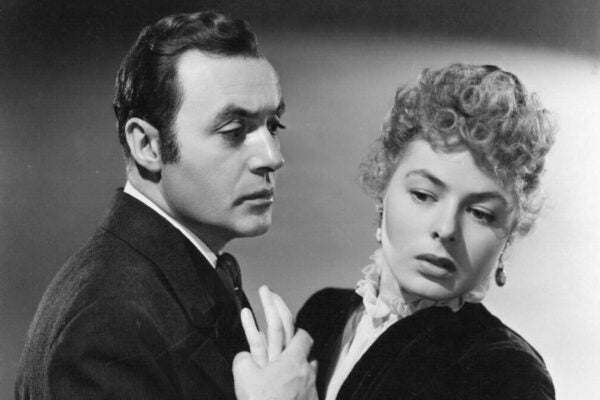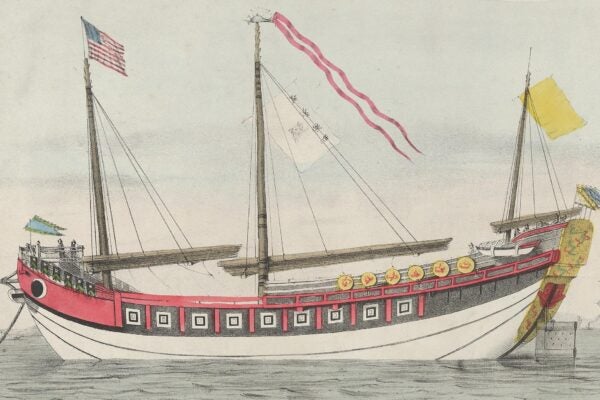Extra Credit: Our pick of stories from around the web that bridge the gap between news and scholarship. Brought to you each Tuesday from the editors of JSTOR Daily.
Hard working, hard drinking (Slate)
by Jordan Weissmann
We all know that many hard-driving professionals claim to “work hard and play hard.” If by “play” they mean “drink,” an analysis published in the British Medical Journal suggests they’re right.
The staggering growth of poor neighborhoods (The Atlantic)
by Alana Semuels
In 13 years, the number of families living in poor neighborhoods doubled, according to a new study. The growing concentration of poverty is bad news for kids in particular.
What animals’ eyes say about them (The Conversation)
by Gordon Love
Why do some animals’ pupils look like vertical lines while others are round or horizontal? New research suggests it has to do with their strategies for eating and not being eaten.
How presidents use polls (The Washington Post)
by John Sides
Two political scientists analyzed decades of private polls conducted by the Johnson, Nixon, and Reagan administrations. They found that presidents used polls to cater to their bases, figure out how to get away with unpopular moves, and try—not always successfully—to manipulate public opinion.
What older brains know (HippoReads)
by Melissa Troyer
It’s no surprise that, as we age, our brains take longer to handle certain tasks. But research on cognitive functioning suggests this isn’t just a loss of function but a trade-off between different kinds of mental activity.
Have you seen a story online that does a good job of bridging the gap between the news and scholarship? Or something that seems particularly well-researched? Let us know and we may include it in next week’s roundup. Email us at jstordaily_submissions (at) jstor (dot) org.






